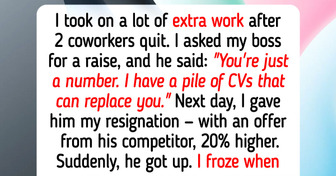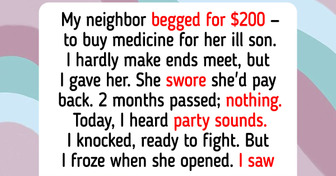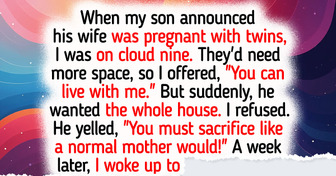13 Times When Nature Gave People Unique Features
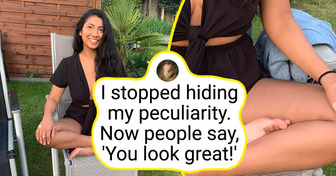
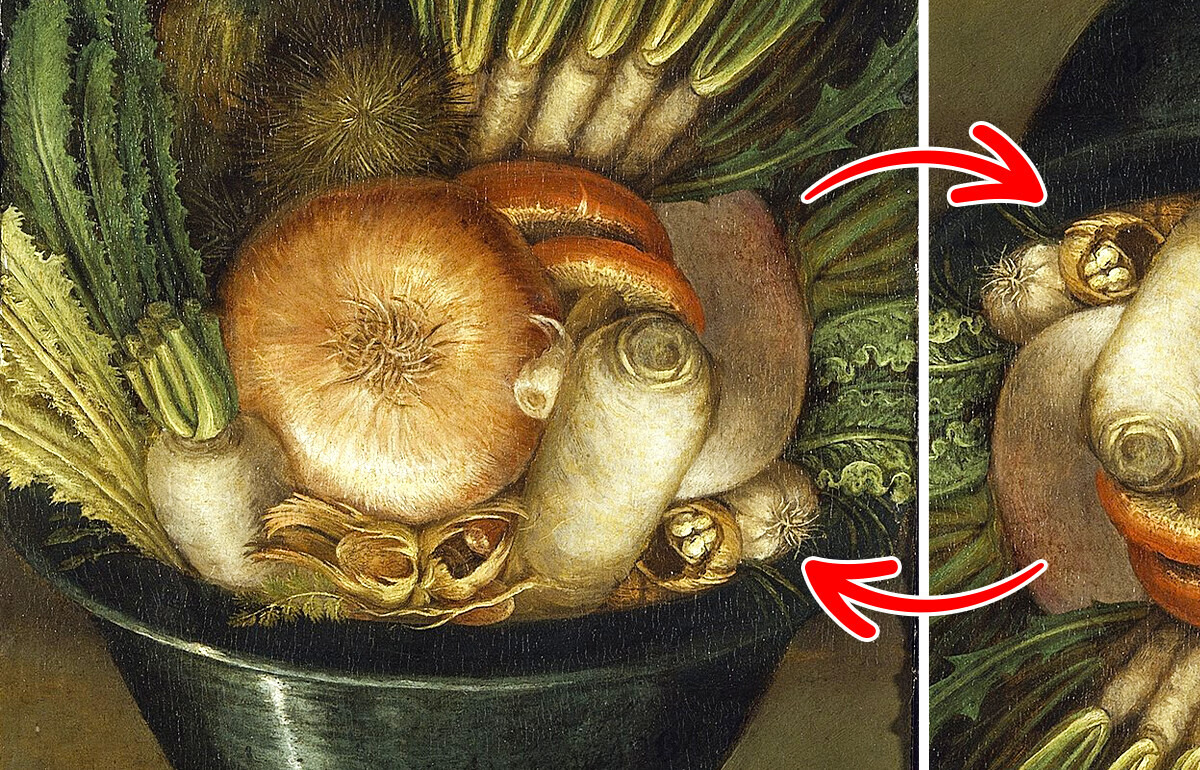
Sometimes, what we see in art is not the whole story. Many classic painters were true masters of illusion, skillfully embedding hidden figures, double meanings, and visual tricks into their works. If you know where to look, you’ll discover that some of the most celebrated masterpieces are more like clever puzzles than static images. Let’s dive into a few breathtaking examples where art teases, surprises, and even outsmarts the viewer.
At first glance, The Ambassadors looks like a portrait celebrating two wealthy men. But wait—tilt your head to the side, and you’ll spot something eerie: a distorted skull stretches across the foreground. Holbein used a technique called anamorphosis, which distorts an image so it only appears normal from a particular angle. There is another hidden thing in the painting that is less easily spotted: a carving of Jesus on a crucifix, half hidden behind a curtain at the top left.
In 1892, Charles Allan Gilbert created a haunting piece titled All Is Vanity. It shows a woman sitting at her dressing table, gazing into her mirror. But zoom out—the entire scene forms the eerie outline of a skull. Many believe this was one of the first popular examples of memento mori art—the one that reminds people about their mortality.
In Landscape shaped like a face (State 1), Wenceslas Hollar blurs the line between environment and humanity. What looks like an ordinary countryside scene suddenly shifts — the hills, trees, and shadows merge into the outline of a bearded man’s serene face.
M.C. Escher, the Dutch graphic artist, practically built a career out of bending reality. His lithograph Relativity shows a world where gravity seems optional—people walk up walls, down stairs, and sideways across ceilings. The optical trickery forces your brain to question what’s up, what’s down, and what’s even real. Try tracing just one staircase from beginning to end—it’s almost impossible without getting lost!
Giuseppe Arcimboldo didn’t just paint fruits and vegetables—he turned them into entire human beings. His portraits, like Summer and Vertumnus, are masterpieces of visual illusion. Step back, and you see a jovial face; get closer, and you’ll spot every grape, peach, and zucchini that constructs the image. Centuries later, they still boggle the mind—and they might just make you hungry, too.
In Escaping Criticism, a young boy appears to leap out of the very canvas. The technique is called trompe-l’œil—"deceive the eye"—and del Caso pulls it off very convincingly.
Jan van Eyck’s The Arnolfini Portrait hides a tiny but powerful illusion: in the mirror behind the couple, you can see the reflection of two extra figures—one believed to be van Eyck himself. It’s a micro-painting within a painting, using intricate perspective and light tricks centuries ahead of their time.
Arcimboldo was a master of visual riddles, and The Vegetable Gardener is no exception. At first, you see a lively bowl of vegetables—but flip the image upside down, and the vegetables transform into the face of a grinning man! Arcimboldo’s works remind us that perspective—quite literally—changes everything.
Before you go, we’ve got one last visual challenge for you. We’ve put together some brain-twisting riddles that will put your eyes and mind to the test. They’re tricky, surprising, and incredibly fun to solve—and we can’t wait to see how many you can crack without peeking at the answers!

